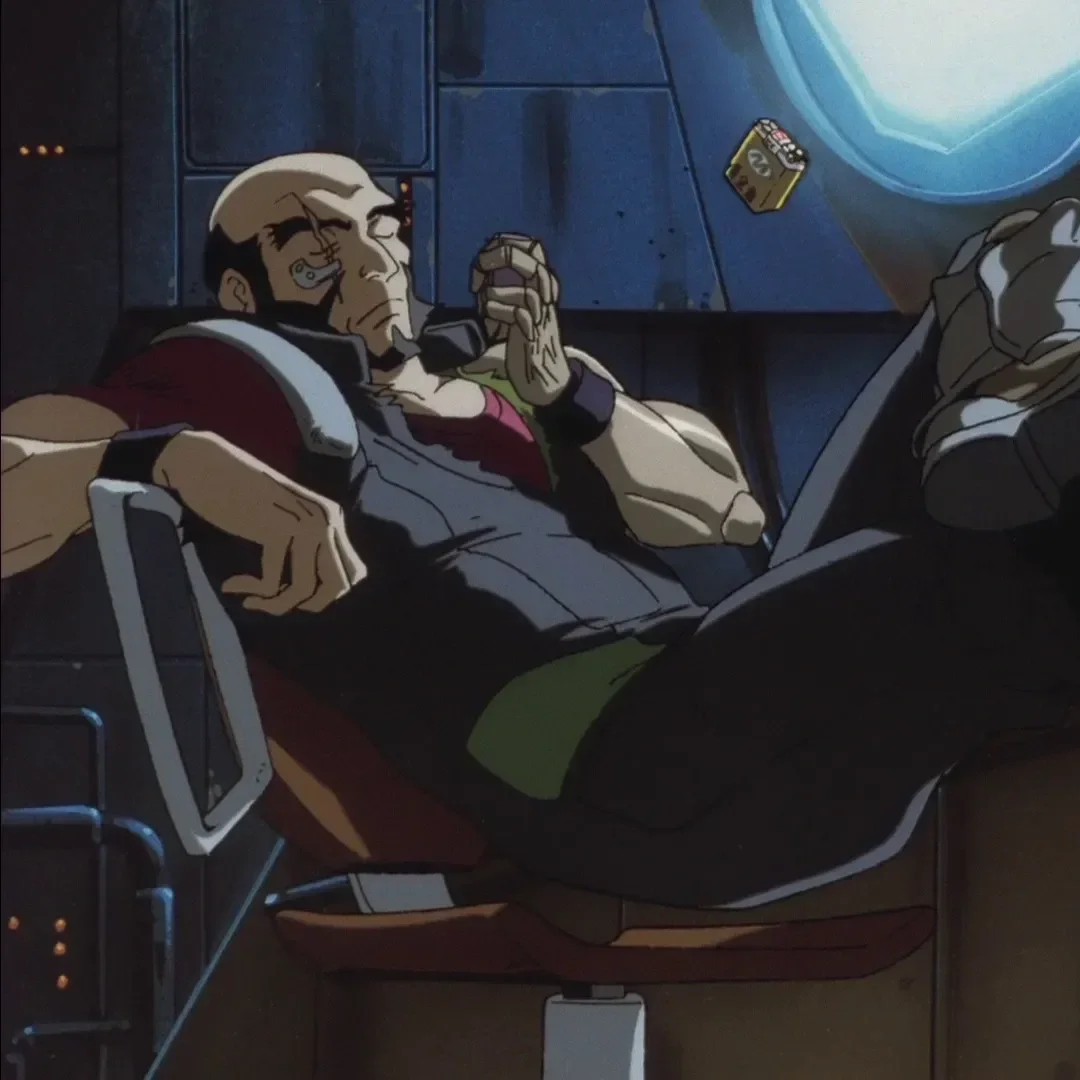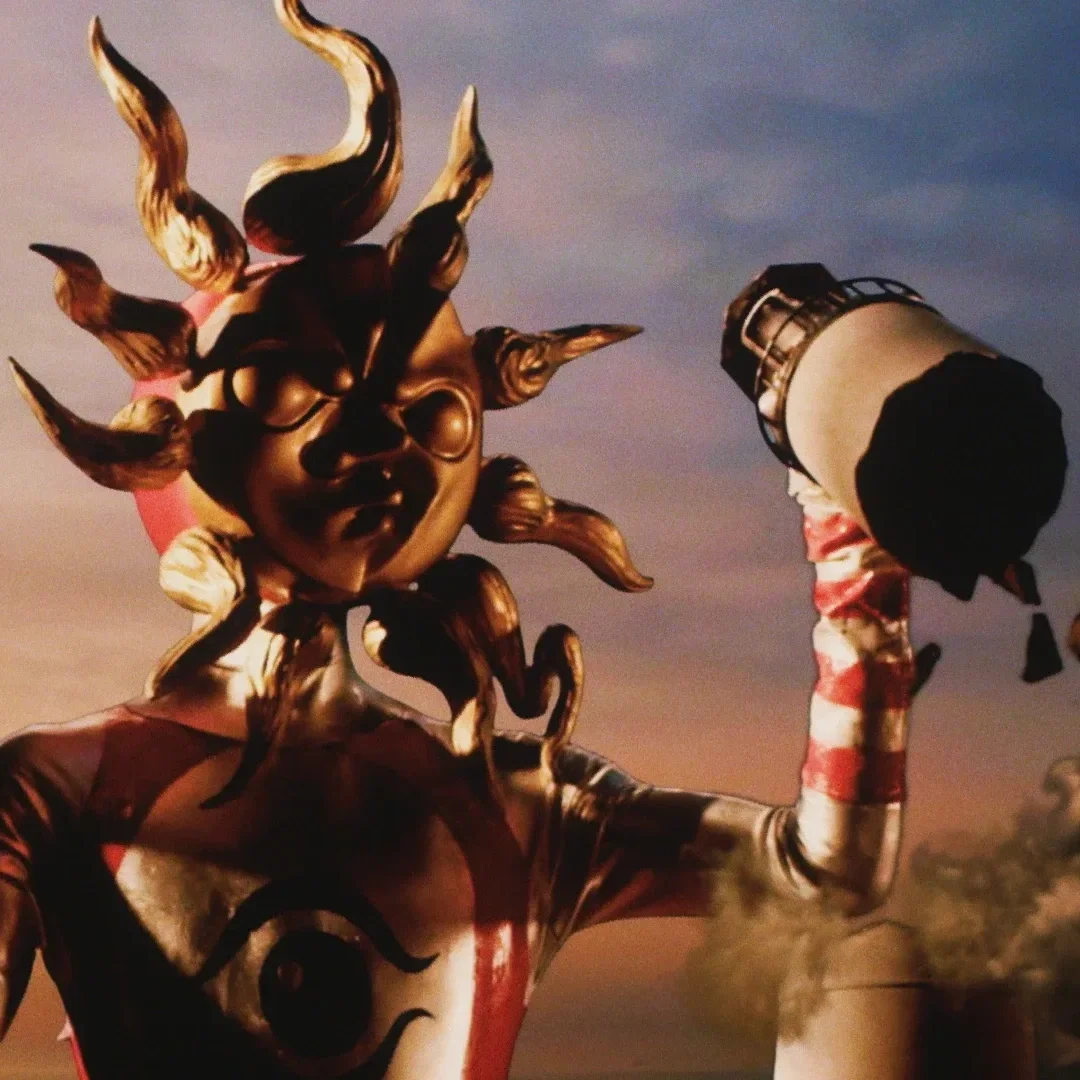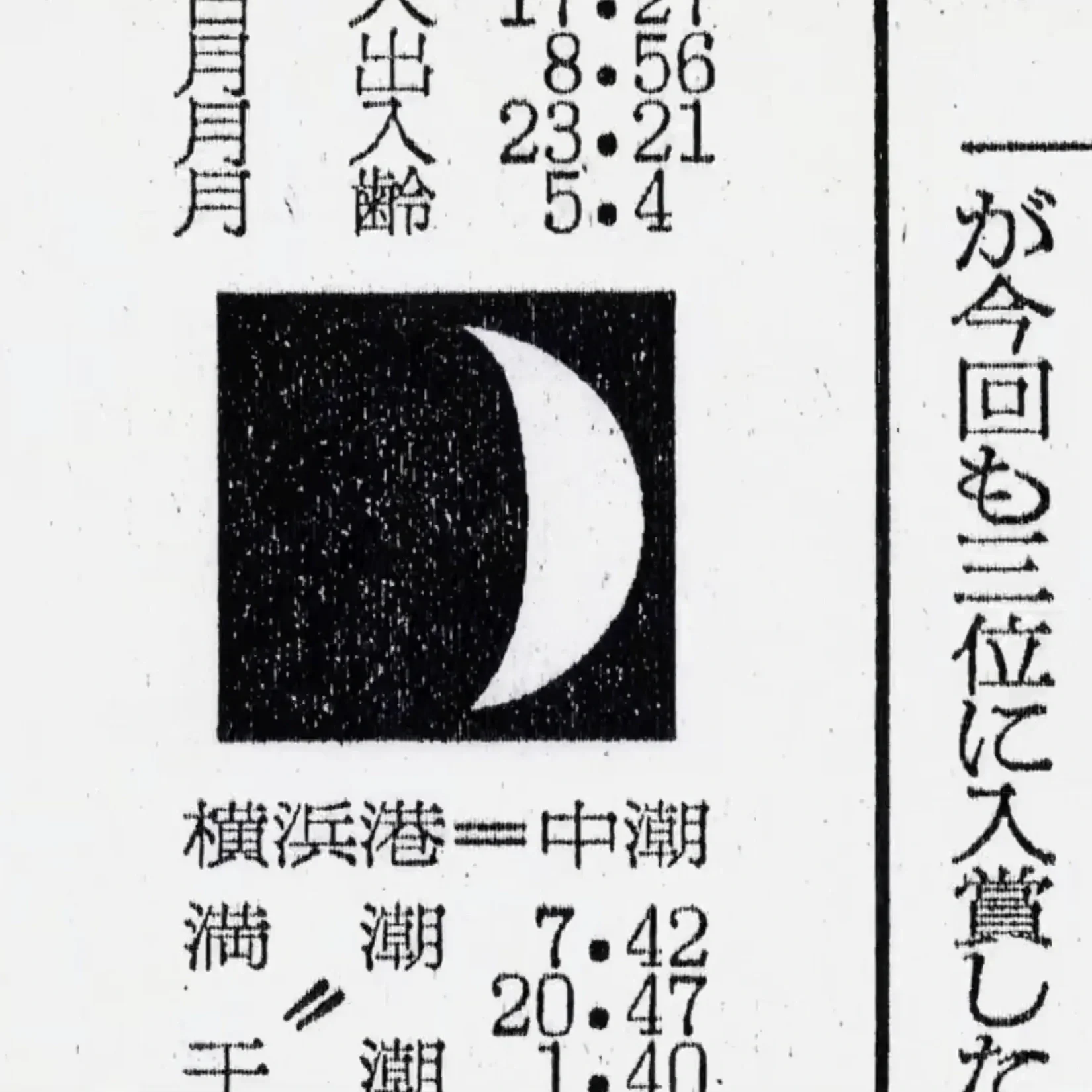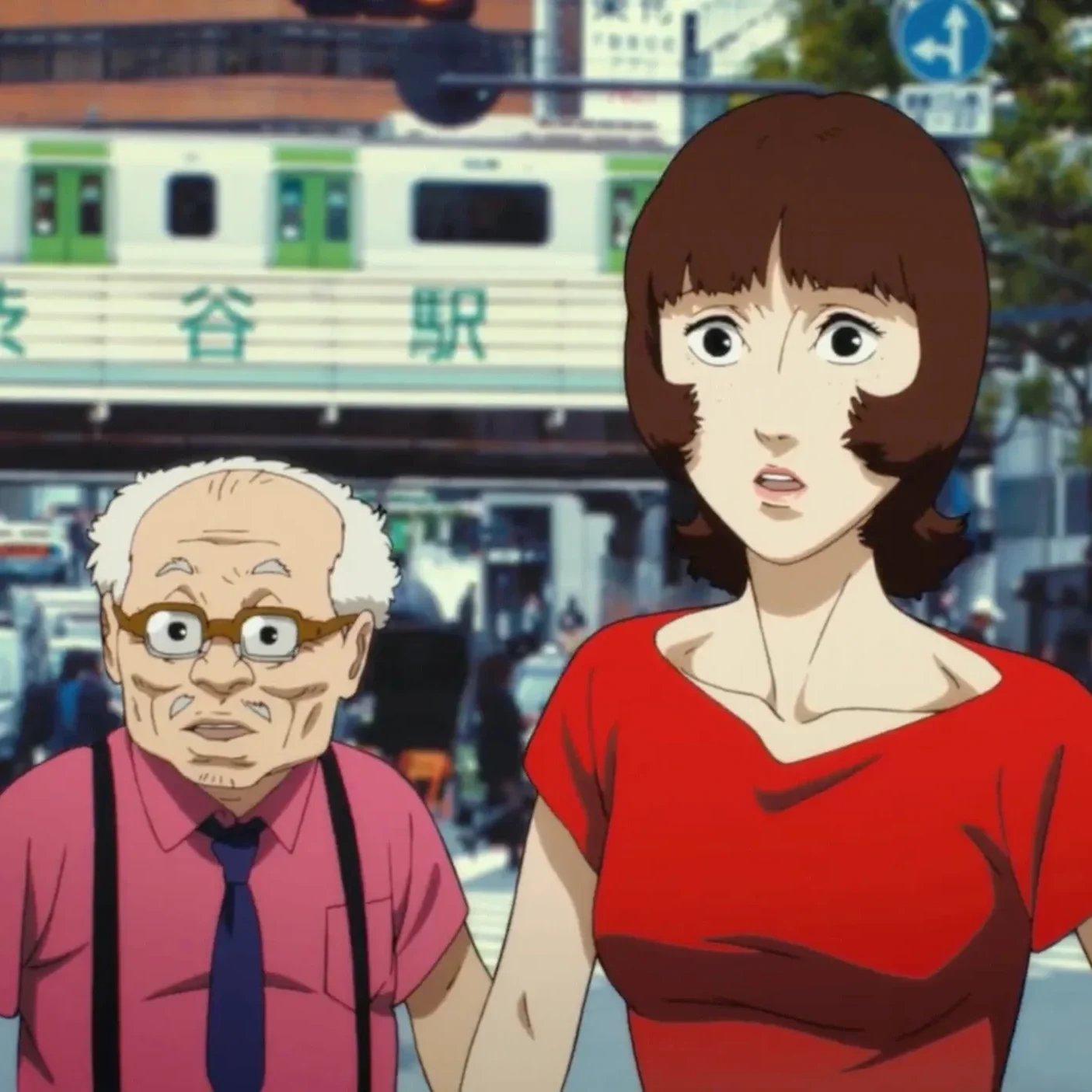CLAMP - The Legendary All-Female Manga Collective
Yuko Ichihara│© CLAMP
When it comes to manga, few names evoke the same reverence as CLAMP. This all-female Japanese artist collective has created some of the most influential and enduring works in the medium’s history. From their roots as an Osaka doujinshi circle to becoming one of Japan’s most celebrated creative forces, their work has challenged conventions at every turn. From their intricate storytelling to their unmistakable visual style, CLAMP has cemented itself as a cornerstone of Japanese pop culture. But what is it that makes CLAMP so legendary? The answer lies not just in their body of work, but in how they’ve redefined manga across demographics, genres, and even global markets.
In this article
From Fan Creators to Industry Icons
The Evolution of CLAMP
Shoujo, Shounen, and Everything In-Between
Aesthetics That Redefined Manga
The Clamp Multiverse
The Challenges of Innovation
The Legacy of CLAMP
From Fan Creators to Industry Icons
The story of CLAMP begins not in the limelight of Tokyo but in the grassroots creative energy of Osaka in the mid-1980s, where a group of eleven young women formed a doujinshi circle. At the time, doujinshi culture thrived on the passion of fans reinterpreting their favorite works. For CLAMP, this space became their launching pad.
Their early projects included fan works inspired by classics like Saint Seiya and JoJo’s Bizarre Adventure. But even back then, they stood out. Where others played it safe, CLAMP pushed boundaries, reinterpreting beloved characters with daring twists and adding layers of subtext most creators wouldn’t touch. Themes like LGBTQ+ relationships and morally complex dynamics—virtually unheard of in fan works at the time—were a constant thread in their early projects. It was clear from the start: CLAMP was on a path of rewriting the rules of Doujinshi.
By 1987, this ambition couldn’t be contained in fan works alone. The group turned their focus to original stories. Their debut serialized manga, RG Veda, was published in 1989 in Wings magazine—a platform known for giving space to experimental shoujo manga works. Inspired by the Rigveda, one of India’s ancient spiritual texts, the story fused mythological lore with CLAMP’s burgeoning artistic identity. Characters with Shakespearean complexity, grandiose celestial battles, and a visual style that felt like a fresco brought to life.
RG Veda became CLAMP’s manifesto for everything they would become: a collective unafraid to challenge norms, redefine genres, and infuse manga with both thought-provoking depth and raw emotion. From their humble beginnings in the doujinshi scene to this stunning debut, CLAMP had already begun reshaping what manga could be.
RG Veda│© CLAMP
The Evolution of CLAMP - From Eleven to Four
The collective began with eleven members, but as their professional journey unfolded, the group streamlined to four core creators: Nanase Ohkawa, Mokona, Tsubaki Nekoi, and Satsuki Igarashi.
Ohkawa, the group’s de facto leader, became the heart of their storytelling, creating storylines with a level of intellectual layers and emotional nuance that set CLAMP apart from the crowd. Mokona’s artistic touch brought those stories to life with her unmistakable character designs—long, ethereal, and instantly iconic. Nekoi and Igarashi, meanwhile, filled their worlds with the kind of detail that made every page immersive, grounding the fantastical with texture and precision.
But here’s where CLAMP really broke the mold: they decided to work without assistants. In an industry that practically runs on delegation, this was a bold (and probably exhausting) choice. Why? Because they wanted full control. Every brushstroke, every story beat—CLAMP handled it themselves. Roles weren’t fixed either. They swapped responsibilities constantly, adapting to what each project needed. This hands-on approach wasn’t just a quirk—it became the foundation of their creative philosophy.
And you can see that philosophy in action when you look at something like Magic Knight Rayearth. Cephiro, the magical world at its center, isn’t just beautifully designed—it’s alive. Mokona’s dreamy visuals set the tone, while Nekoi and Igarashi added the tiny details that made it feel real. Meanwhile, Ohkawa’s story, steeped in themes of growth and self-discovery, kept the characters relatable even in the most fantastical setting. The result? A series that had the ability to pull in readers far beyond its shoujo label.
CLAMP collective from left to right: Satsuki Igarashi, Nanase Ohkawa, Tsubaki Nekoi, Mokona│via Wikimedia Commons│© John (Phoenix) Brown
Shoujo, Shounen, and Everything In-Between
In manga, where genres often come with strict rules—shoujo for girls, shounen for boys, seinen for adult men—CLAMP throws the rulebook out the window. Their stories refuse to stay in tidy boxes, blending genres and breaking boundaries with an ease that feels almost effortless.
Take Cardcaptor Sakura. Sure, it’s a shoujo magical girl classic, but it’s more than just transformation wands and adorable mascots. At its heart, it’s a story about love, identity, and self-discovery. Sakura Kinomoto is so much more than your typical heroine—she’s kind and brave, but also wonderfully vulnerable and human. And the series itself? Groundbreaking. It gave us Touya and Yukito’s same-sex romance at a time when such representation in mainstream manga was almost unheard of.
Then there’s X/1999, a series that’s as epic as it is dark. What starts as a story of apocalyptic battles quickly morphs into a philosophical exploration of fate, morality, and what it means to fight for the future. Despite being serialized in a magazine aimed at young women, its intense violence and layered mythology drew in readers across demographics—including men who usually stuck to shounen or seinen titles.
And let’s not forget Tsubasa: Reservoir Chronicle and xxxHolic. On the surface, they’re shounen-style adventures with plenty of action. But dig deeper, and you’ll find stories about sacrifice, intertwined destinies, and the ethical dilemmas that come with power. CLAMP doesn’t just tell stories—they invite you to sit with their questions, long after the final page is turned.
That’s the magic of CLAMP. Whether it’s the bittersweet romance of Chobits or the mecha-fantasy drama of Magic Knight Rayearth, their work feels universal. No matter who you are or where you’re from, their stories find a way to resonate, weaving together emotions and themes that transcend the boundaries of age, gender, or genre.
xxxHolic│© CLAMP
Aesthetics That Redefined Manga
CLAMP’s artwork is unmistakable. Characters with impossibly long limbs, intricate costumes, and eyes that seem to hold entire worlds—there’s a dreamlike quality to their style that feels both otherworldly and deeply human. But their art isn’t just about looking good on the page. It’s a storytelling tool, layering their narratives with emotion, symbolism, and meaning.
Take xxxHolic. Yuko Ichihara’s flowing kimono is so much more than just a fashion statement. Its shifting patterns mirror her role in the story: playful and mysterious one moment, somber and commanding the next. It’s as if her clothes carry her contradictions, embodying the series’ themes of fate and the unknown. Or look at Chobits. The stark, modern cityscapes with their cold, rigid lines are often contrasted with sunlit, pastoral meadows. This visual clash reflects the story’s central question: can something as mechanical as technology ever truly replicate the warmth of human connection?
CLAMP’s world-building is just as meticulous. In Magic Knight Rayearth, the dreamlike land of Cephiro comes to life. The world responds to the emotions of its rulers, tying its external beauty to internal struggles. By contrast, Tsubasa: Reservoir Chronicle takes you through fragmented dimensions, where each setting reflects the story’s meditations on loss, identity, and the longing to feel whole again.
What sets CLAMP apart is their ability to layer their artwork with symbolism, a rare feat in a medium often constrained by deadlines and commercial expectations. In Tokyo Babylon, the recurring motif of cherry blossoms contrasts sharply with the gritty urban sprawl of 1990s Tokyo. The blossoms are a visual reminder of impermanence, connecting to the series’ tragic exploration of moral compromise.
For CLAMP, art isn’t just there to move the story along—it is the story. Where many creators use visuals functionally, CLAMP elevates them into a language of their own, rich with mood, symbolism, and thematic depth. It’s this ability to make you feel as much as you see that gives their work a timeless quality.
Magic Knight Rayearth│© CLAMP
The Clamp Multiverse
One of CLAMP’s most ambitious endeavors is their interconnected multiverse. Characters and settings often reappear in new contexts, creating a web of parallel worlds. It’s an experiment that asks its audience to look beyond the immediate story and engage with something greater.
The multiverse comes alive most prominently in Tsubasa: Reservoir Chronicle. Here, Sakura and Syaoran—first introduced in Cardcaptor Sakura—are transformed. They are not merely transported into a new world; they are rewritten as alternate versions of themselves, their original innocence traded for tragedy, their relationship marked by loss and sacrifice. The Sakura and Syaoran of Tsubasa are echoes, their struggles shadowing those of their counterparts while forging a path uniquely their own. It’s as if CLAMP asks the question: if stripped of memory, context, and even self, what remains of a person?
At the heart of this multiverse lies Yuko Ichihara, the enigmatic Dimensional Witch from xxxHolic. Her role is crucial, not just narratively but thematically. Yuko’s shop operates as a crossroads, where wishes—and the consequences they bring—reshape the lives of those who enter. She embodies the philosophical underpinnings of CLAMP’s multiverse: the idea that every action, no matter how seemingly small, reverberates across dimensions. Yuko doesn’t simply connect the stories of Tsubasa and xxxHolic; she personifies the tension between agency and inevitability. Her cryptic wisdom invites readers to grapple with the same question as the characters: do we shape our destinies, or are we bound by forces larger than ourselves?
What makes CLAMP’s multiverse truly groundbreaking, however, is its narrative design. We aren’t talking about a series of disconnected cameos or Easter eggs. Instead, characters and settings are reimagined in ways that interrogate their core identities. Take Sakura in Tsubasa: she is no longer the cheerful, confident magical girl of Cardcaptor Sakura. Her journey is one of reclamation—of agency, of memory, of self. The transformation isn’t a simple alternate take; it’s an expansion of her essence, a reflection of how identity is shaped by context. This layering rewards readers who know the characters’ origins while offering new perspectives to those encountering them for the first time.
Sakura from Tsubasa│© CLAMP
The multiverse also serves as a meta-commentary on storytelling itself. CLAMP invites readers to consider how narratives evolve, how characters adapt when transplanted into new worlds, and how meaning shifts with each retelling. By juxtaposing the familiar with the unfamiliar, they create a sense of both continuity and dissonance, reminding us that no story exists in isolation. Each thread in CLAMP’s universe enriches the others, creating a mosaic of shared themes and enduring questions: What defines a person? What connects us to others? And how do the worlds we inhabit shape who we are?
An ambitious experiment at this scale obviously comes with challenges. The dense intertextuality of Tsubasa and xxxHolic can alienate newcomers, and the weight of their themes risks overwhelming the casual reader. Yet these risks are precisely what make the multiverse so compelling. CLAMP doesn’t offer easy answers; instead, they invite you to grapple with ambiguity, to draw your own connections, and to see how stories—like lives—are part of something far larger and more intricate than they first appear.
In that sense, CLAMP’s multiverse is a philosophy. It reflects their belief in the interconnectedness of all things, a conviction that extends beyond their stories and into the hearts of their readers. It asks us to see beyond the immediate, to recognize the invisible threads that bind us together, and to find meaning in the spaces where worlds overlap.
The Challenges of Innovation
For all their success, CLAMP’s commitment to innovation has often placed them at the crossroads of artistic ambition and cultural expectation. Their work pushes boundaries—narrative, aesthetic, and thematic—but with that comes the risk of dissonance, controversy, and unfinished visions.
The suspension of X/1999 is perhaps the clearest example of this tension. Conceived as a sprawling epic about the battle between destruction and salvation, the series tackled existential questions about humanity’s role in shaping its future. Its vivid portrayals of urban annihilation were central to the story’s philosophical core. Yet, in the wake of the 1995 Kobe earthquake, these same images became a source of discomfort. What once felt allegorical suddenly struck too close to reality. The decision to halt the series—still unresolved to this day—reveals the tightrope CLAMP walks between storytelling and cultural sensitivity. X/1999 remains a powerful what-if: a story that dared to probe the darker corners of human nature but found itself constrained by the weight of collective trauma.
Even when their stories reached completion, CLAMP’s thematic ambition often left audiences divided. Works like Tsubasa: Reservoir Chronicle and xxxHolic are celebrated for their multilayered exploration of fate and sacrifice. But this very complexity—where characters navigate shifting dimensions and intersecting timelines—tested readers’ patience. The series demanded active engagement, and for those unwilling to untangle its intricacies, it could feel impenetrable. Yet, for those who embraced the challenge, Tsubasa and xxxHolic offered a rare depth.
Even Chobits, one of their lighter and more commercially accessible works, sparked debate. Beneath its romantic comedy exterior lay a provocative narrative about human relationships in an age of artificial intelligence. At its heart was the persocom Chi, a humanoid computer designed to serve humans, whose dependence on her owner raised questions about agency and companionship. While some readers praised the series for its timely reflections on technology and loneliness, others criticized its gender dynamics, interpreting Chi’s servility as a troubling reinforcement of traditional roles. Chobits thrived in this gray space, forcing readers to confront their own assumptions about progress.
Chobits│© CLAMP
What makes CLAMP’s challenges significant is not simply that they exist, but how they reflect the very themes the group explores. The suspension of X/1999 speaks to the fragility of artistic vision in a world shaped by real-world events. The divisiveness of Tsubasa and xxxHolic mirrors the difficulty of reconciling choice and destiny—a central tension in both series. The discomfort surrounding Chobits embodies the uneasy interplay of progress and tradition, particularly in a rapidly evolving technological landscape. These challenges are not incidental; they are integral to CLAMP’s work, shaping its legacy as much as its successes.
CLAMP’s willingness to court controversy and complexity reveals their deep respect for the medium of manga as a space for exploration. They refuse to simplify, sanitize, or play it safe, even when it costs them. Their struggles are reminders that creativity is not a linear process; it is a negotiation with risk, uncertainty, and the audience’s expectations. By confronting these challenges head-on, CLAMP has not only expanded the possibilities of manga but also deepened its potential as an art form capable of addressing the most profound questions.
Ultimately, CLAMP’s challenges are as much a part of their legacy as their triumphs. They remind us that art, at its best, doesn’t always resolve neatly. It asks us to grapple with discomfort, to see the unresolved as a space for reflection, and to recognize that sometimes, the boldest stories are the ones that leave us with more questions than answers.
The Legacy of CLAMP
Over three decades, CLAMP has not only shaped manga but also influenced anime, fashion, and even Western pop culture. Their influence goes far beyond their medium, touching the contours of global pop culture in ways that are as subtle as they are profound.
At the heart of their legacy lies their collaboration on Code Geass: Lelouch of the Rebellion (2006), a series that stands as both a high-water mark in anime storytelling and a showcase of CLAMP’s creative versatility. While known primarily as manga creators, CLAMP’s ability to distill the essence of a character through design brought an entirely new dimension to this project. Take Lelouch himself: his angular frame and flowing cape evoke the duality of his character—noble yet manipulative, commanding yet fractured.
Or consider their move into Netflix’s The Grimm Variations, a reinterpretation of classic fairy tales through CLAMP’s distinct visual and narrative style. While many adaptations lean on the familiarity of folklore, CLAMP’s approach is transformative. Their reimagining of Grimm’s tales delves into the darker, more introspective layers of these stories. This is CLAMP at their finest: taking well-trodden material and reframing it with the precision of a jeweler cutting a gem, finding facets others might miss.
The Grimm Variations│© CLAMP
From the layered, symbolic costumes of xxxHolic to the fantastical regalia of Magic Knight Rayearth, CLAMP’s visual language has rippled through fashion, influencing everything from cosplay trends to haute couture. Their designs define their characters, often reflecting inner conflicts or thematic undertones through details. Yuuko’s flowing, otherworldly attire in xxxHolic is a case in point: her garments don’t just dazzle; they tell a story of her liminality, suspended between power and solitude, between the tangible and the arcane.
Then there’s their global impact. As of 2024, CLAMP’s works have sold over 100 million copies worldwide. But those numbers, impressive as they are, fail to capture the true breadth of their influence. For readers in the West, CLAMP often served as an entry point into manga—accessible yet sophisticated. Their stories, layered with universal themes of love, loss, identity, and resilience, broke through cultural and linguistic barriers. Works like Cardcaptor Sakura cultivated a generation of readers who would go on to explore the medium further.
CLAMP’s multiverse is perhaps the clearest distillation of their legacy. By threading characters and themes across disparate works, they’ve crafted something rare in modern storytelling: a sense of interconnectedness that mirrors real life. It’s not just clever fan service; it’s a narrative philosophy, one that asks readers to consider how stories—and by extension, lives—are intertwined. An approach that rewards those who stay with them for the long haul.
CLAMP’s legacy is one of innovation and integrity. They are architects of imagination, building worlds that are at once fantastical and deeply human. Their stories remind us that great art doesn’t just entertain; it challenges, connects, and endures. And as CLAMP continues to evolve, one thing is certain: they’ve not only changed manga—they’ve changed the way we see it.















Runways meet soul-reaping battles in Tite Kubo’s stylish universe.